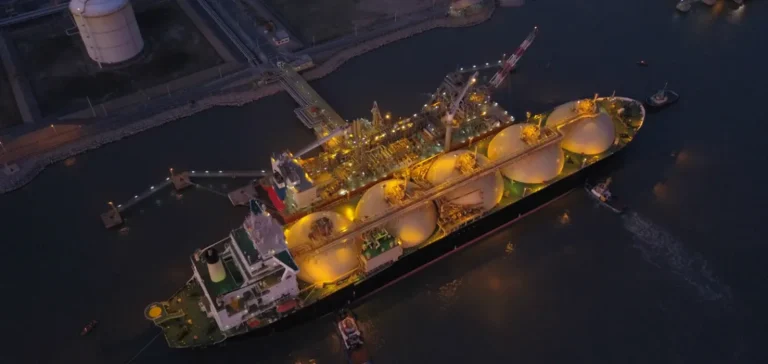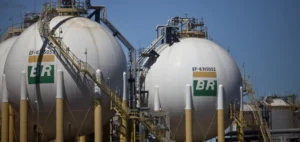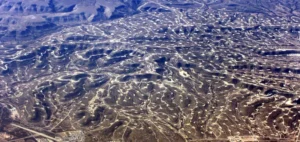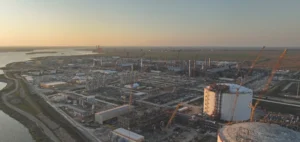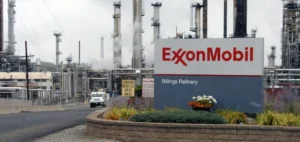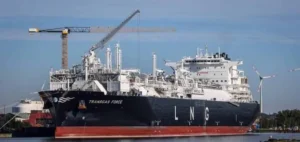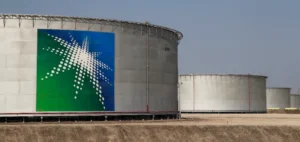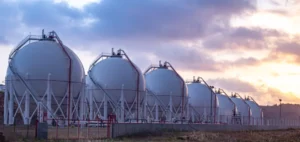Argentina is accelerating its energy development through the exploitation of its unconventional gas reserves. According to the study titled “Argentina gas and power market outlook,” conducted by energy consultancy Wood Mackenzie, the country could achieve natural gas production of 180 million cubic metres per day (Mmcd) by 2040 under a standard scenario. This figure could rise to 270 Mmcd if all planned liquefied natural gas (LNG) export projects materialise. The development of existing and future infrastructure will determine the actual level of these production and export ambitions.
Infrastructure and regional connections
Currently connected via pipelines to Chile, Uruguay, and Bolivia, the Argentine network recently expanded to Brazil through the reversal of an existing northern pipeline. This new connection now allows Argentina to deliver its gas directly to the Brazilian market using existing Bolivian infrastructure. In the longer term, a direct connection could extend from the border town of Uruguaiana to Porto Alegre in Brazil. This initiative would require significant investments to increase pipeline capacity to meet future regional demands.
Additionally, Wood Mackenzie notes that gas fields such as Fortín de Piedra, Aguada Pichana Este and Oeste will be the main contributors to this growth. Additional volumes from the Sierra Chata and El Mangrullo sites will also allow a substantial increase in export volumes. These resources represent the foundations upon which Argentina intends to build its new role in regional gas trade.
Development of LNG projects
In the field of liquefied natural gas, Argentina recently approved a Final Investment Decision (FID) for a floating liquefaction facility. This unit will have an estimated capacity of 2.5 million tonnes per annum (Mtpa). Other projects are currently under consideration, notably an additional 3.5 Mtpa facility under the Southern Energy consortium, which comprises Pan American Energy, Pampa, Harbour Energy, YPF, and Golar. Concurrently, YPF has signed memoranda of understanding with Shell for a 10 Mtpa project and with ENI for an additional 12 Mtpa facility. Full realisation of these projects could allow Argentina to export up to 28 Mtpa of LNG by 2035.
According to Javier Toro, Senior Research Manager at Wood Mackenzie, “Argentina’s export potential is impressive, but it will require at least $5bn in infrastructure investments and probably an additional $5bn to fully achieve its LNG export objectives, mainly aimed at expanding pipeline capacities.”
Challenges facing Argentina
Nevertheless, several challenges remain to be overcome. Among these are substantial investment requirements to eliminate existing bottlenecks within the current transport network. Argentina will also need to maintain price competitiveness in the face of seasonal fluctuations and ensure regulatory stability essential for attracting long-term private investors. Stimulating new markets capable of replacing existing fossil fuels represents a crucial step in securing these investments.
Concerning LNG development, dedicated transport infrastructure towards liquefaction facilities will be required, as well as a significant increase in upstream production capacities. According to Javier Toro, “regulatory stability and investor guarantees provided by the RIGI (Régime d’Investissement Gazier Incitatif) framework will be crucial to secure project financing.”


